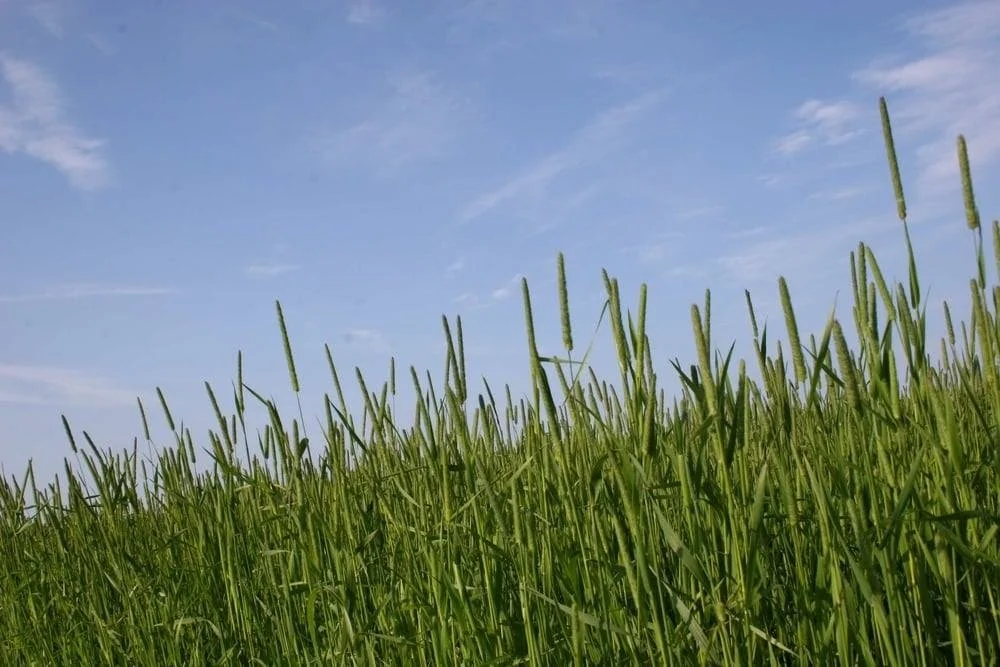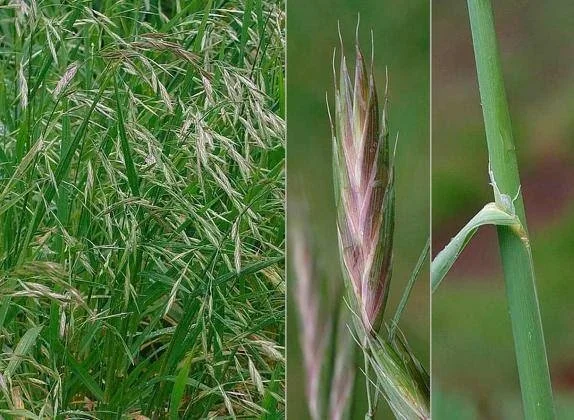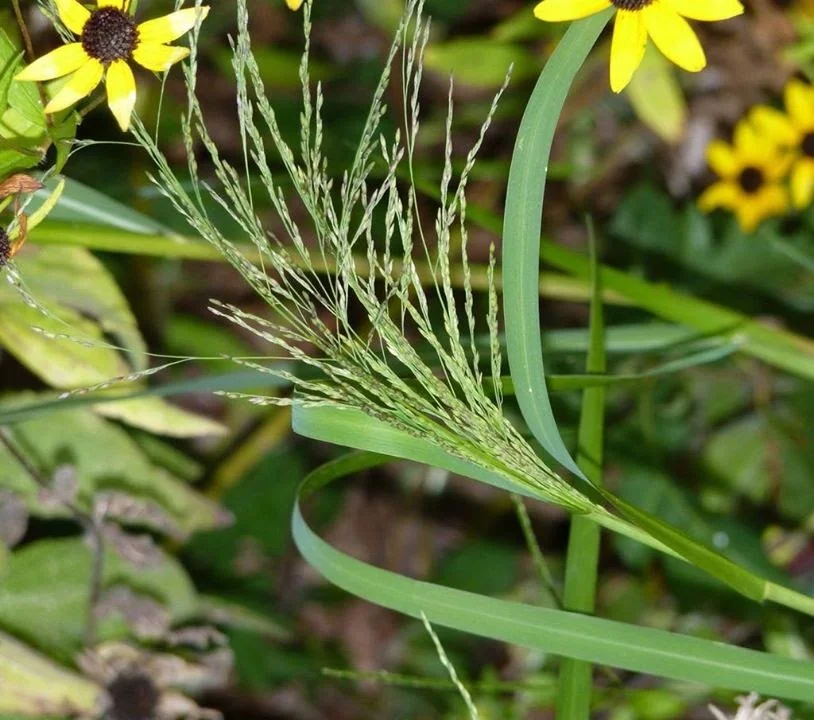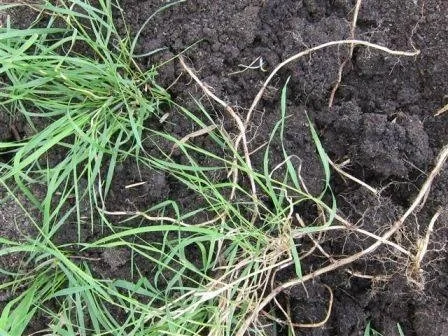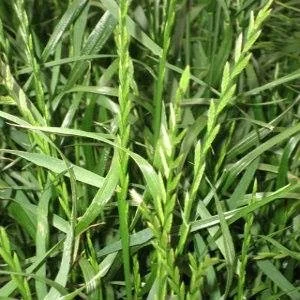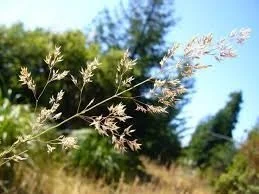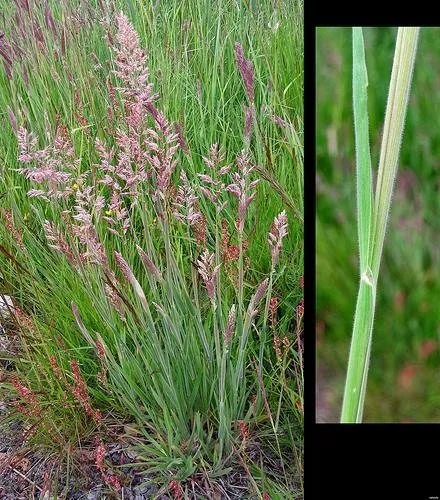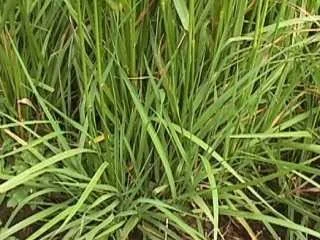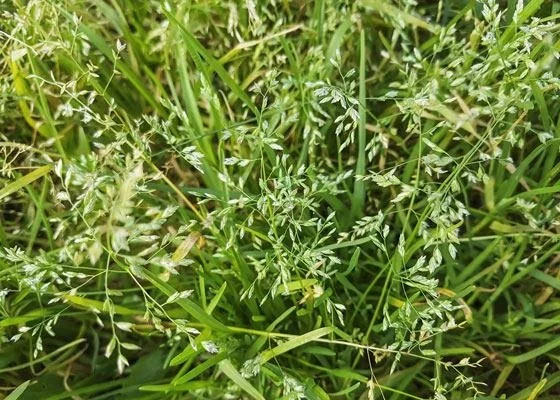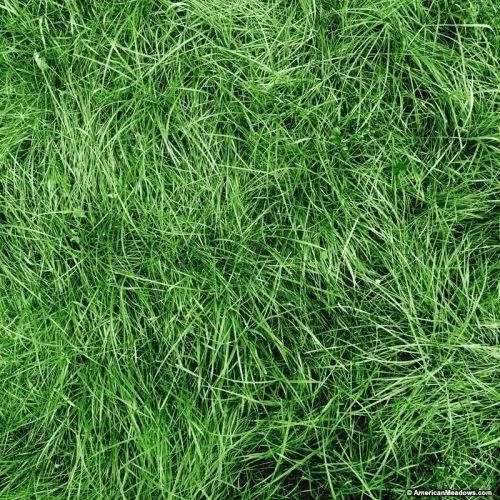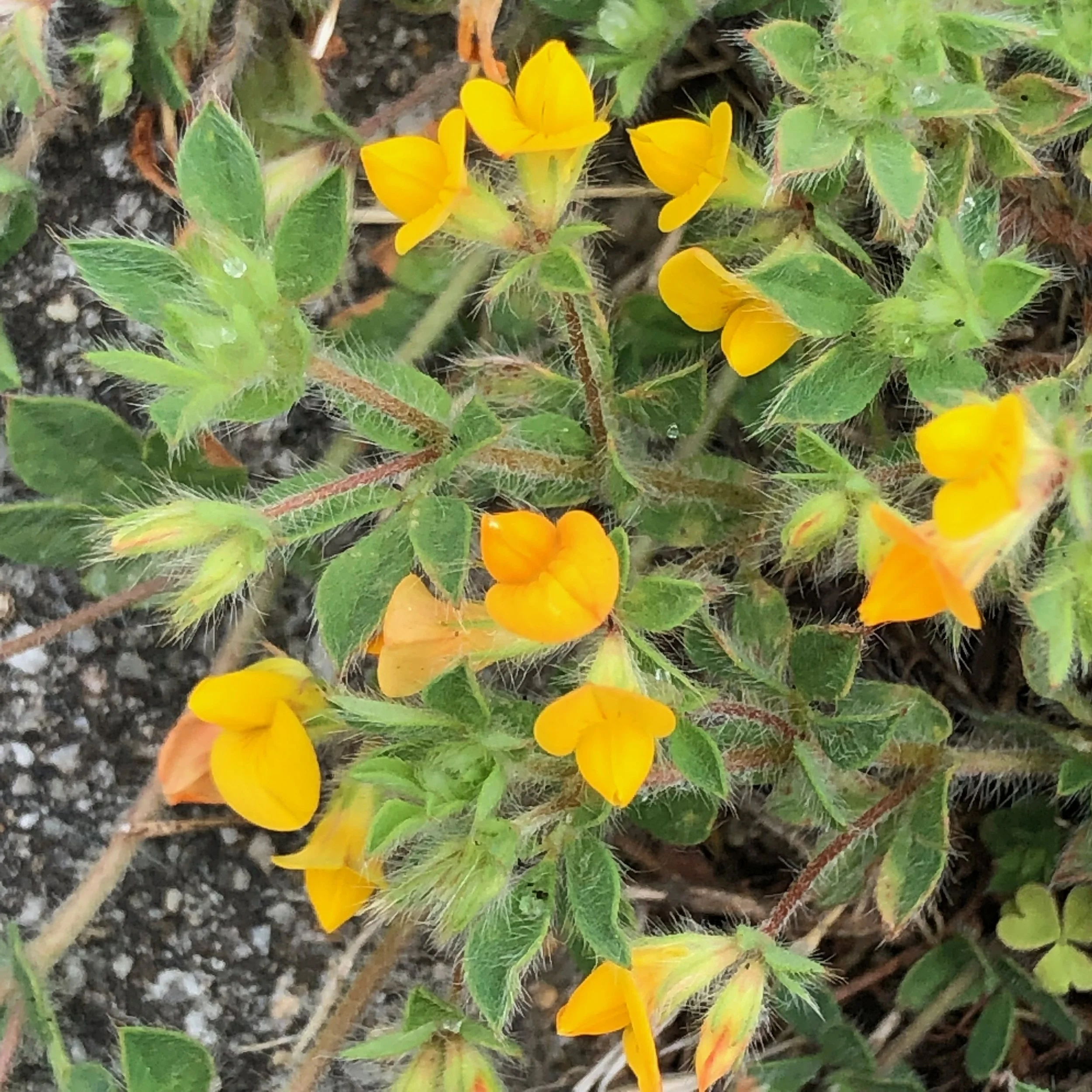Grasses and Pasture Plants
Grasses Identification
GRASS WEEDS of ARABLE CROPS
Pasture Plant Identification
WHAT IS IN MY HAY?
Visit Westley’s World shop for a range of seeds to grow for your rabbits.
The following are some of the grasses you may come across when you are out foraging - The easiest and most accurate way to ID a grass species is via its seed heads.
Timothy Grass - Phleum pratense
Timothy is a grass which prefers cooler temperature and grows best in the spring and autumn. Sown as a forage grass in areas with colder winters and mild, moist summers in New Zealand it is grown in Southland. This is not commonly found growing wild due to its climatic fussiness and it is not a highly vigorous grass which is often out competed by tougher grasses in a wild setting. The seed heads are similar to Phalaris and Foxtail.
Orchard Grass / Cocksfoot - Dactylis glomerata
Orchard is a really tough and competitive grass. It will form clumps which continue to do well during hot weather. Most often found in medium fertility and more laxly grazed environments. Recognised as having better drought tolerance than ryegrass. Also called "orchard grass"because of longer leaves tends to dominate under laxer grazing. Often included with ryegrass in seed mixtures.
Prairie Grass - Bromus willdenowii
Prairie is a grass which will grow vigorously right through the winter. It is tough and coarse and my rabbits absolutely LOVE it! I don’t let it set seed if growing at home or feed any seed heads due to the potential for this type of seed to get into the skin. Flowering occurs over a prolonged period from October, so seed-heads can be found almost throughout the year.
A perennial grass adapted to high fertility, free draining soils. Highly productive, but does not persist well, especially in wetter soils. Tends to be susceptible to insect pests and fungal diseases.
Smooth Witch Grass - Panicum dichotomiflorum
Smooth Witch Grass is quite a common ‘weed’ grass in suburban areas and is an annual grass growing decumbent or erect to a maximum height near one meter-3 feet.
Summer Grass - Digitaria sanguinalis
Summer Grass is also a common garden ‘weed’ grass. A summer-annual sub-tropical grass, regarded as a weed, and forming dense patches on roadsides or in waste ground where it has opportunity to seed. Found throughout the North Island and much of the the South Island, and at times a troublesome invader of grazed pastures.
Paspalum - Paspalum dilatatum
A sub-tropical grass found in pasture throughout the North Island and the northern part of the South Island, particularly on moist, fertile soils. Like kikuyu it has greater water-use efficiency which allows paspalum plants to stay green longer than temperate grasses during drought. Paspalum is winter dormant, but is aggressive in summer and autumn and often displaces other species. Plant may be tall if ungrazed, or forming a dense carpet in mown lawns, as seen here.
Warning - Paspalum seed heads can cause Paspalum Staggers in stock so for safety's sake, please remove these before feeding this grass to your rabbit(s) or letting them graze on a lawn containing Paspalum seed heads.
Kikuyu - Pennisetum clandestinum
Kikuyu is loved by some for its ability to grow in the most challenging of conditions, hated by others for its invasive nature. there’s a discussion about Kikuyu Grass and potential ‘toxicity’ at the bottom of the file.
A sub-tropical perennial grass most commonly found in pastures north of Auckland or further south in coastal regions. Grows in a wide variety of habitats, often forming a dense sward, smothering and excluding other species. Has reduced winter growth and reduced feeding value compared with ryegrass, but better moisture use efficiency for summer growth.
Warning - Kikuyu is associated with Kikuyu poisoning and nitrate poisoning in livestock, and is also high in Oxalates so caution is advised. There is more information below.
Couch / Twitch Grass - Elytrigia repens
Couch is yet another common ‘weed’ grass which does far too well in the wrong places! Actively spreads by rhizome production and is therefore a weed of gardens and a serious nuisance when established in cropping land. Under grazing, or in a mown lawn, couch is uncompetitive and seldom persists.
Perennial Rye - Lolium perenne
Comprises some 90% of new pasture sowings in New Zealand, and forms the basis of most improved pastures. Requires high fertility and shows only moderate drought tolerance. Seed-heads of couch look somewhat similar.
Warning - Rye grasses can become infected with endophyte fungi which remains toxic even when it has senesced and dried off, so hay made from toxic ryegrass will also be toxic. All grazing animals are susceptible, including horses and pigs.
Brown Top - Agrostis capillaris
A widespread perennial grass found to some extent in nearly all older pastures in New Zealand. It is low fertility tolerant andis common in hill country pastures, but is also used in lawn mixtures. Formerly known by the Latin name Agrostis tenuis.
Phalaris - Phalaris aquatica
A perennial grass found mainly in lowland pasture on fertile soils. Tolerant of heavy soils that are wet in winter and survives severe summer droughts. Warning - Fresh regrowth can at times be dangerous to live stock due to the presence of toxic alkaloids. It’s seed head resembles both Timothy and Foxtail.
Yorkshire Fog - Holcus lanatus
A perennial grass found in both lowland and hill country pastures. Provided the soil is reasonably moist, Yorkshire fog is tolerant of a wide range of fertility and acidity conditions. Also tolerant of colder conditions found at medium altitude.
Foxtail / Meadow foxtail - Alopecurus spp.
Foxtail thrives in wet areas and comes into flower very early in the season - around September. Its seed head is similar to those of Timothy and Phalaris.
Poa annua / Winter Grass
A distinctive characteristic of Annual Poa can be found at the tip of each leaf blade, which tends to be shaped a bit like the tip of a canoe. New plants can occur at any time of the year, though it is less likely under dry conditions, and annual poa is often found to grow most aggressively in autumn, winter and spring. As is suggested by its name, this weed is usually an annual dying off once it has set seed. The typical life cycle in many parts of New Zealand is to establish in late autumn once rainfall is reliable, and to finish seeding and die off in spring once it starts getting too dry.
Fescue - Tall and Fine
Fescue has rolled leaves - similar to pine needles and Tall fescue is quite dark green in colour.
Barnyard Grass - Echinochloa crus-gali
An erect, vigorous, bright-green, summer-active grass that can grow as tall as 120 cm in good conditions. I’d not feed the seed heads.
Plantain
Plantain is a herb with a fibrous and coarse root system that grows throughout New Zealand. It has high tolerance to summer heat and in warmer regions can provide valuable summer growth. A highly beneficial plant.
Chicory
A summer active plant, Chicory is very palatable and grows well from from Spring through to Autumn. It has a deep tap root which supports growth through dry conditions. It doesn’t grow well through the Winter.
Clovers and other Pasture Legumes
Clovers and Medics need to be either grazed or fed absolutely fresh. If fed wilted they can cause gas. Lotus is non-gassy.
POTENTIALLY UNSAFE GRASSES
Kikuyu Grass - a discussion about toxicity...
There is some controversy about toxicity/issues Kikuyu can cause. It can produce a toxin which causes bloat and stasis in cattle and can kill them under certain weather conditions - hot dry spells followed by rain, and is also high in Oxalates.
However the issue isn't really well documented or understood. I think when fed along with other grasses it's probably ok.
Kikuyu grass poisoning - Sporadic cases of kikuyu grass poisoning occur seasonally, but it remains unclear if the poisoning is caused directly by the grass, or in response to the presence of a pathogen, or directly by a pathogen. Several classes of plant toxins and mycotoxins can cause inflammation of the gastrointestinal mucosa and it is one of these, such as glycoproteins, triterpenoid saponins, glycosidic alkaloids, macrocyclic trichothecenes, and viridin-like furanosteroids, that could be the actual cause of toxicity (Bourke, 2007).
Specific conditions appear to favour kikuyu poisoning, such as hot dry weather followed by rain and rapid grass regrowth. Infestations of army worm caterpillars may also be involved. The majority of clinical signs of poisoning recorded have been consistent between outbreaks: ataxia, recumbency, loss of rumen motility, abdominal distension and excessive salivation. Histological analysis reveals severe damage to the mucosa of the rumen, and rumen epithelium necrosis in the omasum (Marais, 2001; Barnes et al., 2007; Bourke, 2007).
Oxalic acid toxicity - Kikuyu accumulates oxalic acid but not in amounts high enough to result in acute toxicity in cattle (3.9-24.4 g/kg DM < 69 g/kg). Ruminants readily adapt to oxalates due to a rumen bacterium, Oxalobacter formigenes, that converts oxalates to formate and carbon dioxide. However, as it binds with Calcium, oxalic acid can result in hypocalcaemia in herbivores. Horses suffer from hyperparathyroidism (big head disease) and cattle may suffer from low calcium availability, resulting in possible low fertility and milk fever in dairy cows (Marais, 2001).
Nitrate poisoning - Lush growth associated with excessive applications of nitrogen can cause nitrate poisoning (Cook et al., 2005). Nitrates are non-toxic but their transformation into ammonia, within the rumen, produces toxic nitrites that bind with haemoglobin and prevent blood from binding with oxygen, resulting in oxygen starvation of the tissues and animal death in the most severe cases.
* Kikuyu poisoning in livestock
* A review of kikuyu grass (Pennisetum clandestinum) poisoning in cattle
* GRAZING KIKUYU
* Effect of nitrogen on the oxalate and calcium content of Kikuyu grass
Paspalum
It is only the seeds heads of Paspalum that are toxic. The leaf, stems and roots do not contain the toxic fungus.
This incoordination results from eating paspalum grasses (Paspalum spp) infested by Claviceps paspali. The life cycle of this fungus is similar to that of C purpurea (see Ergotism). Toxic infestations are most likely after humid, wet summers. The yellow-gray sclerotia, which mature in the seed heads in autumn, are round, roughened, and 2–4 mm in diameter. Ingestion of sclerotia causes nervous signs in cattle most commonly, but horses and sheep also are susceptible. Guinea pigs can be affected experimentally. The toxicity is not ascribed to ergot alkaloids; the toxic principles are thought to be paspalinine and paspalitrem A and B, tremorgenic compounds from the sclerotia.
* Paspalum Staggers
* PASPALUM - A POTENTIAL HEALTH RISK FOR YOUR HORSE?
Ryegrass
Ryegrass Staggers - This seasonal condition is caused by lolitrem, a fungal-produced toxin, found in ryegrass pastures. The fungus infests the plants and is commonly known as an endophyte fungus (Neotyphodium lolii). Endophyte fungi grow well in the summer and autumn when it is warm, and the toxins tend to concentrate in the lower leaf sheath, flower heads and seeds, but can be found in all parts of the plant.
Endophytes may also negatively affect appetite in rabbits.
* Perennial ryegrass staggers
* Annual ryegrass toxicity in livestock
* Endophyte in New Zealand Ryegrass Pastures
* Novel grass-endophyte associations reduce the feeding behaviour of European Rabbits
Setaria palmifolia - Palmgrass
Has stiff hairs on leaves (both sides) and at nodes. Probably best avoided as these hairs may be irritating (Motooka et al 2003)


